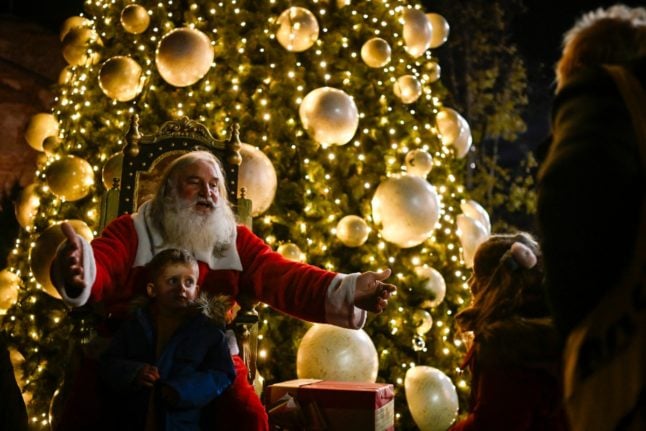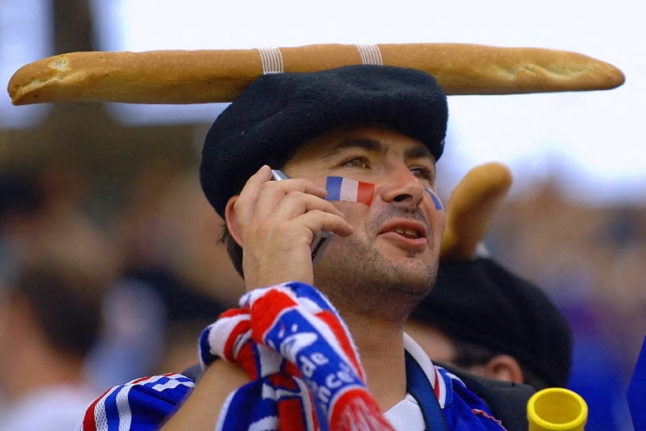If you’re in the mood to try something new, here are some French Christmas classics just waiting to be discovered – and one of them might become your new favourite holiday movie (although a quick note that French Christmas films are often a little darker than their saccharine US counterparts).
Joyeux Noel (2005)
Joyeux Noel, directed by Christian Carion, is a film about the famous unofficial truce that took place in the First World War trenches on Christmas Eve of 1914.
French, German, and British soldiers cease hostilities to celebrate the holiday together in no man’s land. The film highlights the universal desire for peace and humanity amidst the chaos of war. This film was nominated for an Academy Award in 2005.
Le Père Noël est une ordure (Santa Claus is a stinker) – 1982
A hilarious and dark French comedy that follows the absurd and chaotic events at a helpline for troubled individuals on Christmas Eve.
With its irreverent humour and memorable characters, this film is recommended for those seeking a hilarious and unconventional take on the holiday season. It’s currently available on Netflix.
La Bûche (Seasons Beatings) – 1999
A heartwarming French film filled with humour and charm. Set during a dysfunctional family’s Christmas gathering, it follows the quirky dynamics, unexpected revelations, and ultimately, the power of love and forgiveness.
A delightful holiday movie perfect for cosy nights with friends, offering laughter and warmth.
Un conte de Noël (A Christmas Tale) – 2008
A captivating French film that brings family dynamics, estrangement, and emotional depth during the holiday season. With stellar performances and a nuanced script, it explores the complexities of relationships, forgiveness, and the enduring spirit of Christmas.
A must-watch for cinephiles and holiday-goers alike.
Les Bronzés font du Ski – 1979
A classic French comedy – a sequel to Les Bronzés – this follows a group of friends on a ski vacation.
With its hilarious antics and quirky characters, it’s a great choice for those in search of a lighthearted, laughter-inducing film set in a snowy winter wonderland. Perfect for a fun, holiday-inspired watch.
If you are interested in seeing Les Bronzés font du Ski, look no further than Lost in Frenchlation’s event on December 28th. At Luminor Hôtel de Ville, Lost in Frenchlation will be hosting a live stand up comedy show followed by a showing of the film, subtitled in English. Full details here.
By Henry Keohan



 Please whitelist us to continue reading.
Please whitelist us to continue reading.
Member comments